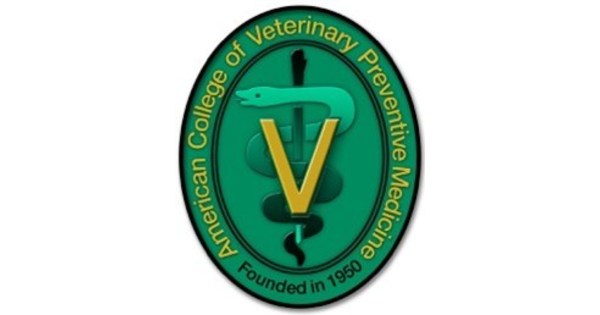Reviving an Old Ally: The Resurgence of Hemoperfusion in Veterinary Medicine
In the ever-evolving world of veterinary medicine, an old therapy is making a remarkable comeback. Hemoperfusion, a blood purification technique that once took a backseat to more modern methods, is now experiencing a renaissance thanks to significant technological advancements and a deeper understanding of its benefits. This resurgence is particularly notable in treating pets that have ingested toxic substances, offering a lifeline where traditional therapies might falter.
Understanding Hemoperfusion
Imagine a scenario where a beloved pet, like a young Labrador, accidentally ingests a harmful substance such as ibuprofen. The traditional approach might involve supportive care and waiting for the toxin to pass through the animal’s system naturally. However, hemoperfusion offers a more proactive and efficient method. This technique involves circulating the animal’s blood through a cartridge filled with highly absorbent materials like activated carbon or synthetic polymers, which trap the toxins. The cleansed blood is then returned to the pet’s body, significantly reduced of the harmful substances.
Originally, hemoperfusion cartridges were filled with plant-derived charcoal, which, while effective, had its drawbacks, including the potential to damage blood cells and cause other complications. Today, thanks to innovations in material science, cartridges are filled with advanced adsorbents designed to capture a wide range of toxins while minimizing side effects. These modern adsorbents can target specific molecules, making the process both safer and more effective.
When is Hemoperfusion Most Effective?
Hemoperfusion shines in situations where toxins remain primarily in the bloodstream, such as with certain drug overdoses or poisonings. It is particularly adept at handling substances that are bound to blood proteins, making it an ideal choice for acute cases where rapid intervention is crucial. For instance, in cases of NSAID (non-steroidal anti-inflammatory drugs) intoxication in dogs, hemoperfusion has been shown to significantly reduce toxin levels in the blood, thereby alleviating the condition more quickly than traditional methods.
Beyond Poisoning: Other Applications
The scope of hemoperfusion extends beyond treating poisonings. It is also being explored for its potential in managing other conditions that involve harmful substances in the blood, such as sepsis. In these scenarios, the ability of hemoperfusion to adsorb inflammatory proteins and cytokines could potentially mitigate organ damage and improve outcomes.
The Procedure Explained
Performing hemoperfusion requires precise setup and monitoring. Vascular access is established using catheters, and the pet’s blood is passed through the hemoperfusion device where toxins are adsorbed onto the cartridge. Throughout the procedure, the animal is sedated, and vital parameters like blood clotting and kidney function are meticulously monitored to ensure safety.
Challenges and Considerations
Despite its benefits, hemoperfusion is not without challenges. The procedure can lead to a drop in platelet count, a condition known as thrombocytopenia, which can increase bleeding risks. Additionally, maintaining the correct temperature and managing potential blood loss are critical considerations. The adsorbent cartridges also have a saturation point, beyond which they must be replaced to continue treatment effectively.
As hemoperfusion technology continues to advance, its applications in veterinary medicine are likely to expand. Ongoing research and clinical trials are essential to fully understand and harness this technology’s potential, ensuring that it can provide the best possible outcomes for pets in need.
Veterinary professionals are encouraged to stay informed about the latest developments in hemoperfusion to enhance their practice and offer the best care for their animal patients. With its renewed interest and promising applications, hemoperfusion stands as a testament to the dynamic nature of veterinary medicine, where old techniques can find new life and new purposes.



